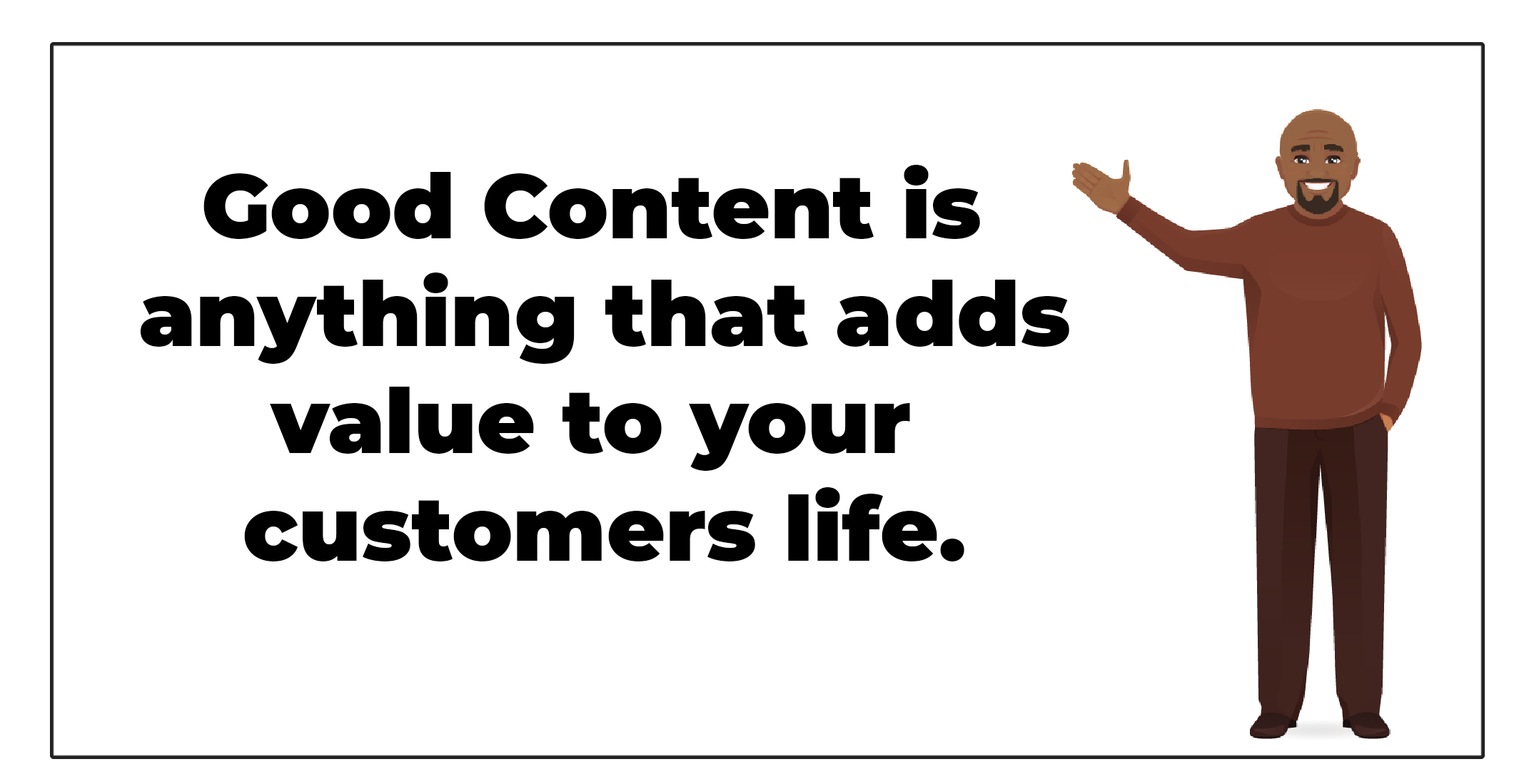
How to Create Quality Content to Attract More Leads
Creating quality content is one of the most effective ways to attract potential leads. Your content should be valuable and relevant to your target audience, whether through blog posts, e-books, case studies, or whitepapers.
Research their pain points and interests to create high-quality content that resonates with your audience. Use this information to craft compelling headlines that grab attention and entice readers to click through. Keep your writing engaging by using anecdotes and examples from your own experience.
Incorporate keywords strategically throughout your content to improve search engine rankings and increase visibility for potential leads. However, avoid keyword stuffing, which will negatively impact readability and SEO performance.
Remember, every piece of content you create is an opportunity to generate a lead or sale - include a clear call-to-action (CTA) at the end of each piece, encouraging readers to take action, such as downloading a free trial or signing up for a newsletter.
The Art of Crafting the Perfect Call-to-Action for Maximum Conversions
Creating a compelling call-to-action is crucial for generating more leads and boosting sales. When crafting a CTA, it's important to understand the psychology behind consumer behavior. Use action-oriented language encouraging visitors to take immediate action, such as "Subscribe Now" or "Download Your Free Guide." Additionally, incorporating urgency or scarcity can create a sense of “fear of missing out,” leading potential customers to act quickly. Remember to keep your CTA clear and concise while emphasizing the value proposition of your offer. Experiment with different colors, shapes, and placement on the page to see what works best for your audience.
Crafting Effective CTAs for Different Stages of the Sales Funnel
The call-to-action (CTA) is a crucial element in converting leads into customers. It directs your prospects to take the next step in their customer journey, whether downloading an ebook, signing up for a free trial, or making a purchase. To create a compelling CTA, consider where your leads are in the sales funnel and what action you want them to take.
For top-of-funnel (TOFU) leads just starting to explore your product or service, offer informative content like blog posts or videos with CTAs inviting them to learn more about what you offer. For middle-of-funnel (MOFU) leads who have already shown interest but aren't quite ready to buy, provide more detailed information, such as webinars or case studies with CTAs to "Schedule a Demo" or "Request More Information." Finally, for bottom-of-funnel (BOFU) leads who are ready to make a purchase decision, include clear and specific CTAs such as "Buy Now" or "Start Your Free Trial Today."
By tailoring your CTA to each stage of the sales process and using language relevant to your audience's needs and desires, you can increase conversions while building trust and loyalty with potential customers.
The Importance of Design and Placement in Call-to-Action Buttons
When it comes to boosting conversions in lead generation, the design and placement of your call-to-action buttons can make a huge difference. Strategically placed relevant and eye-catching buttons encourage users to act and will ultimately generate more leads. Utilize contrasting colors for your button to ensure it stands out from the rest of the content on the page. Additionally, place your call-to-action button above the fold so visitors do not have to scroll down to see it. Focusing on these key elements can increase click-through rates and drive more conversions in your lead-generation campaign.
A/B Testing Your CTAs: Tips to Improve Conversions
To make the most out of A/B testing, change only one element of the CTA at a time. Test various components like color, text, placement, or size to see what works best for your target audience. By creating two versions of the same CTA and presenting them to different audiences, you can compare their effectiveness and identify which generates more conversions.


